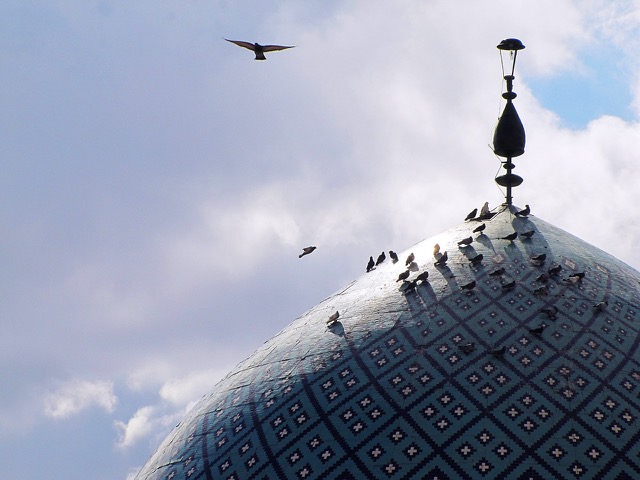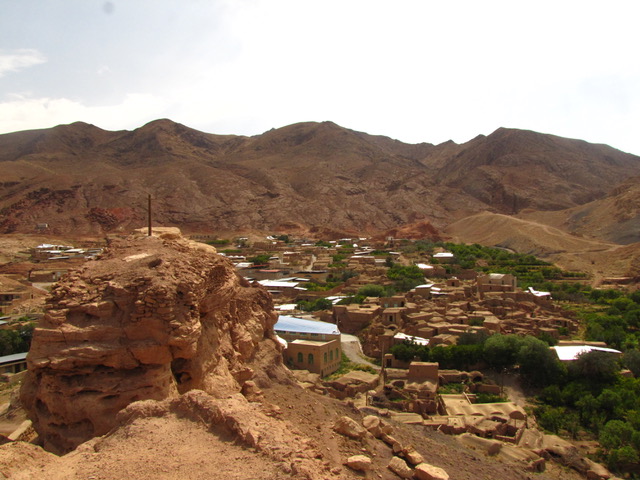INTBAU Iran was established in 2007 to give local, national, and international attention to Iran’s unique and rich built heritage and vernacular typologies. Ten years on and under new leadership, the chapter has set the following objectives to build on its previous work.
1. Undertake a comprehensive analysis of the history of Iran’s traditional architecture and urban planning. Case studies will be drawn from Iran’s significant architectural and urban heritage to offer potential solutions to present development problems. This objective will be achieved through in-depth site analysis and a series of workshops and seminars led by practitioners and people who live in or have significant experience of traditional built environments.
2. Create a framework for safeguarding Iran’s traditional built environment through the engagement of the general public as well as the agencies involved in the development process. The framework will require discussion and definition of terms such as heritage, shelter, and sense of belonging, and will aim to contribute to better place-making.
3. Promote the documentation of traditional cities such as Esfahan and Yazd, which has recently been designated a UNESCO World Heritage Site. This will involve the study of the cities’ built forms as well as of each mansion, house, mosque, bazaar, and government (or ‘Dolati’) building. INTBAU Iran will collaborate with other INTBAU chapters on a series of workshops about the culture of traditional Iranian cities. These efforts will result in a book promoting new strategies and techniques to resolve the challenges facing traditional cities.
4. Grow INTBAU Iran’s network of interested people and professionals who can contribute to these objectives, beginning with the active recruitment of students. Calls for contributions from members across Iran will lead to an informed, engaged, and well-connected environment of professionals promoting the value of traditional places.
INTBAU Iran will initially focus on the conservation of Yazd and the promotion of many encouraging but unpublicised examples of local people’s efforts to conserve their own homes. Yazd’s UNESCO designation gives particular importance to this work.
Chapter Board
• Shirin Farhad (Chapter Chair)
• Hamidreza Ramezani
• Abozar Akbari
• Mohammad Hoseyni
Colleagues
• Kosar Pourali
• Mahdieh Mirmiran
• Arezoo Khazan
• Farzad Azam Lotfi
Collaborating Organisations
• Institute of Culture, Art & Architecture studies (Tehran University) ACECR
• Municipality of Tehran
• Municipality of Yazd
We welcome enquiries from individuals and organisations interested in contributing to the network.
FURTHER INFORMATION
Ongoing Projects
Modeling of In-Between Spaces in vernacular houses of East Gilan
Reviving Khargerd Adobe Village
Ahmad Lari House Foundation video of LARI house.
Lari House Exhibition by Alireza Rasulzadeh ‘Revered Mirage’ From 17 Feb till 3 March.
Find out more: Night of Ideas – Brochure Night of Ideas Invitation
Heritage Museum of Gilan full analysis report
COVID 19 Pandemic and Our Settlements 2020, held on 10 August 2020
The aim of this program is to find responses to these questions:
What factors contribute to the making of a resilient city?
How can a global health crisis help cities and communities to adapt to new circumstances?
How should we re-build sites of conflict and what factors contribute to an honest urban re-Planning?
COVID 19 Pandemic and Our Settlements: report available here.
The Iqbal Factory Report is available here.
Volunteer Monitoring and Documentation Report of Ghiyasiyeh School in Khargard Report by : Anis Darvishi, Arezoo Khazanbeig
Report available here.
T: 00 97 156 222 9250 or 00 98 912 324 9193
Linkedin.com/in/shirin-farhad-4787889






